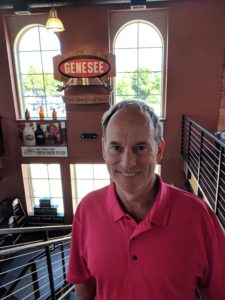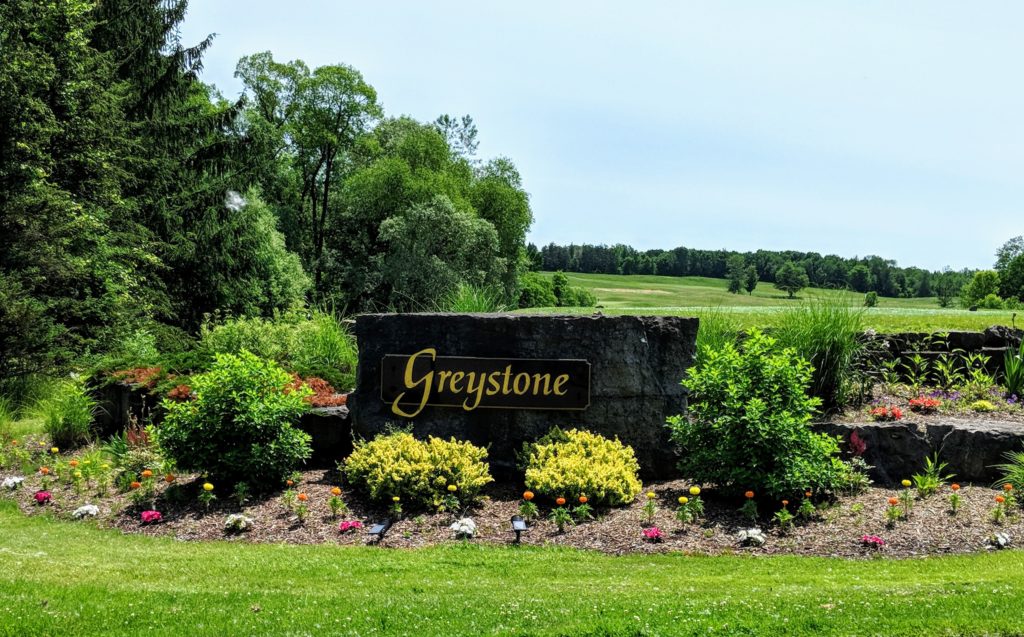Brooks Koepka is the No. 1-ranked golfer in the world, the reigning PGA champion and the winner of four major championships in the last three years. On Wednesday, though, he played second fiddle to one of his playing partners in the Gardner Heidrick Pro-Am, the final warmup for Thursday’s start of the BMW Championship at Medinah.
Koepka was paired with Bo Jackson, already a legend in both baseball and football. Koepka called him “probably the greatest athlete ever.’’
“It was fun to play with him. It was cool to get to meet him after watching so much of what he was doing when I was a little kid,’’ said Koepka. “He’s so athletic, and just talking to him – he’s such a nice guy. I enjoyed it today, and I hope he did as much as I did.’’
They’re both big into fitness and compared notes during their pro-am round.
“He’s incredible,’’ said Koepka. “We were talking about his work ethic and what he did when he was playing and had to take care of his body. He’s big into biking now.’’
Poulter’s dilemma
England’s Ian Poulter, dazzling at Medinah seven years ago in Europe’s dramatic win over the U.S. in the Ryder Cup, has a different kind of challenge this week. He’s never qualified for The Tour Championship but could with a big week at Medinah.
Poulter is surprised that he hasn’t qualified for the final event of the FedEx Cup Playoffs but it’s easy to see why. He plays on both the PGA and European tours and needs more starts on the American tour to pile up more FedEx points.
“I respect my European Tour card, and I play my fair share in Europe,’’ he said. “I always have, and I always will. But that sacrifice is at a big expense.’’
Poulter usually plays between 17-19 events on the PGA Tour while some of his FedEx rivals play 26-28.
“Would it be better if I played 27 events here? Yes,’’ said Poulter. “Would it be a good thing for the European Tour? No. So I get it. I’ve sacrificed money, but money is not everything.’’
Is Bradley really defending?
Keegan Bradley is the defending champion in the BMW Championship, having won last year at Aronimink in Philadelphia, but he doesn’t feel like one.
“I don’t think you’re technically defending because it’s a different course,’’ said Bradley. “Normally when you’re defending, you’re coming back. It’s the same clubhouse, same people, same course. This is all different, but it’s still the BMW and it’s still a big tournament.’’
While Medinah isn’t where Bradley won last year it is a course where he’s done well. Paired with Phil Mickelson, he was a U.S. hero in the first two days of the 2012 Ryder Cup matches. But he was also part of the U.S. team that blew a 10-6 lead in the singles matches on the final day of the competition. Bradley was one of the U.S. losers, having been beaten by Rory McIlroy 3 and 1 after McIlroy – apparently confused by a time zone change — barely made his tee time.
“It’s incredible to be back at Medinah. I have so many memories of this place,’’ said Bradley. “Some of my fondest memories of my life have happened here. But it’s always a treat to play in the BMW in the FedEx Cup Playoffs because you know you’ve got a chance to win the whole thing.’’
Here and there
While 70 players qualified for the BMW Championship only 69 will compete over the next four days. Kevin Na is skipping the event to be with his wife, who is pregnant.
Joe LaCava, Tiger Woods’ caddie, was inducted into the WGA’s Caddies Hall of Fame. LaCava, 55, was on Fred Couples’ bag when Couples won the Masters and he was carrying for Dustin Johnson before hooking up with Woods.
Odds-makers list Koepka, at 5 to 1, Rory McIlroy (7-1) and Patrick Reed, (8-1) as the current favorites to win the FedEx Cup next week. Tiger Woods (250-1) and Jordan Spieth (350-1) are notable longshots.
Twenty-two players in the BMW field have competed at Medinah previously and Jim Furyk, Phil Mickelson and Tiger Woods battled over the No. 3 course three times – in the PGA Championships of 1999 and 2006 and the Ryder Cup in 2012.










